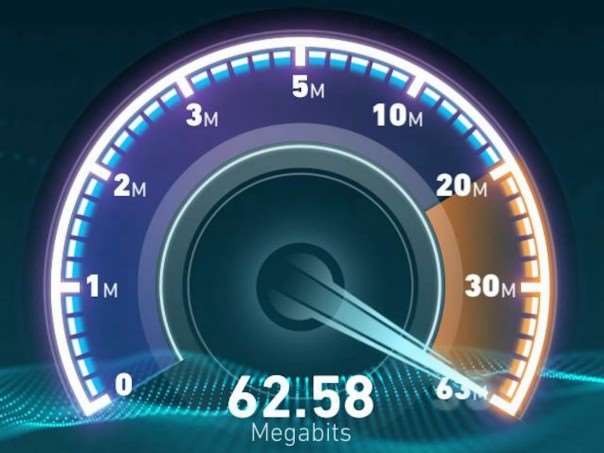Internet service providers have blamed current ACCC guidance as one of the key reasons why they don’t publish information about actual speeds that are possible over their broadband networks.
The Australian Competition and Consumer Commission (ACCC) said in late July it would consult the industry to find out what stops internet service providers revealing the true speed of the services they offer.
With submissions to that process now public, it appears there are two reasons why ISPs are reticent to publish speed data.
Firstly, they lack control over the end-to-end delivery of internet services, and therefore could be disadvantaged in their marketing of services by decisions made upstream that they have no say in.
And secondly, that ACCC guidelines on the types of claims that can be made when advertising internet services have the effect of the service provider erring on the side of caution, lest they be fined or shamed for a breach.
“Past ACCC guidelines in relation to broadband speed claims have led to greater confusion, leaving [service providers] with no option but to be vague in the way in which they communicate their product offerings to consumers,” TPG said.
Optus said that the ACCC’s marketing guidelines require service providers to “attach a high degree of accuracy and certainty to any speed claims” they make.
“The ACCC’s current marketing guidelines set a high bar resulting in a high level of risk for ISPs advertising speed claims,” Optus said.
“The guidelines require that any advertised speed must be ‘attainable in practice’ including in ‘peak periods’ for individual customers. The ACCC has indicated that it will ‘not hesitate to take enforcement action where ISPs under-deliver on their promises’.
“Given the technical limitations of legacy based services, where the length of the copper runs and quality of the copper means that performance can differ on a premise by premise basis, it is not surprising that ISPs are reluctant to advertise speeds.
“The benefits to be gained from providing performance information are likely to be outweighed by the risks of breaching the ACCC’s guidelines and facing enforcement action and reputational damage.”
Telstra also backed this position, noting that ACCC guidance “needs to be updated so that it provides more flexibility to allow [service providers] to make representations about speed, while also setting minimum expectations about the type of information required to substantiate such claims.”
“The updated guidance should be in the form of principles to be followed rather than specific targets or measurement methodologies to allow for variations across technologies and service offerings and evolution of those technologies and service offerings over time,” Telstra said.
Aside from ACCC guidelines stifling broadband speed claims, most ISPs also raised the potential issue that they don’t have control over the end-to-end network for broadband service delivery, and therefore should not be made fully responsible for addressing issues of internet speeds experienced by end users.
Some ISPs such as Optus supported the provision of speed information based only on the elements of the network with which they had direct control over.
Wholesale providers of broadband infrastructure – Telstra and NBN Co – indicated they were either working on or had produced a range of tools that they provided to service providers to help them gauge real-world speeds possible over their supplied connections.
The ACCC brought the inquiry about due to what it saw as a rising incidence of complaints from users about slow internet speeds.
However, TPG disputed the incidence of reports as evidence of the need for regulatory intervention.
“There are millions of ADSL connections in operation and over a million NBN connections,” TPG said.
“The ACCC [discussion] paper records the number of TIO complaints about broadband speed. For Quarter 3 in 2016, in which the highest number of complaints is recorded, there were 2159 complaints.
“If there are even as few as five million connections, that represents a complaint rate of less than 0.05 percent.
“This is not a problem that is of such scale that it requires any regulatory intervention.”









